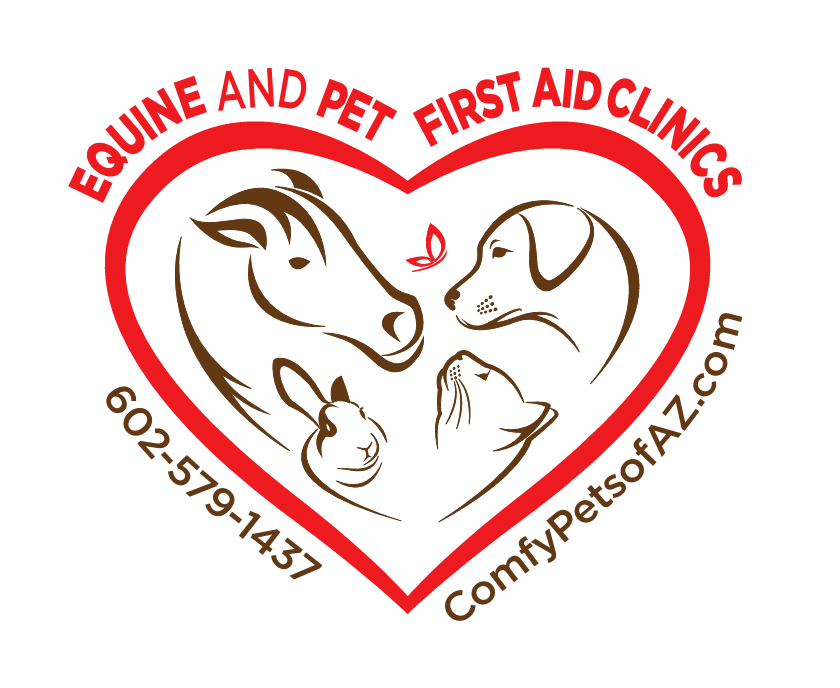Keeping Your Dogs safe from Heat Stroke
Last year we had a horrible & preventable tragedy regarding a 1-year-old chocolate lab that died a violent death on a third-story patio,
facing the west sun last summer..
The puppy died of heat stroke, which basically means his organs were
cooking. The apartment residents, the
community and of course the social media community is outraged over this
preventable tragedy. On June 9, 2016,
the owner of the dog, Adrian Gonzalez, was arrested for felony animal
cruelty. Apparently, he has a history of
leaving his puppy out on the patio, which faces the west sun, when he
leaves. The residents have complained to
management, but nothing was ever done.
The police were called, when the residents heard the puppy crying in
pain that fateful day. But, because of
privacy laws, which I think need to be changed tremendously, the police were
unable to knock down the front door, so they called the fire department. Unfortunately, by the time firefighters
arrived the puppy was dead.
As we all know, the sizzling months of the Arizona summer
can be deadly for our animals, and unfortunately, we’ll continue hearing
stories of people leaving dogs in their vehicles as they run into the store for
just five minutes, or even outside in the blazing heat without any shade or
water. Short-snout dogs have it the
worst, during our summer heat. The top 5
are the Pugs, Pekinese; Bulldog; Shih Tzu; and the Boston Terriers.
To keep your dogs safe during the summer, follow these tips:
- If you see a distressed dog in a locked vehicle or on a patio, immediately call 911
- A dog locked in a vehicle, for 10 minutes, when the outside temperature is 90 degrees, will heat up to 109 and twenty minutes the temperature inside the car will be 119. If the outside temperature is 95 degrees and the dog is in the vehicle for an hour, the temperature inside the vehicle will reach 140 degrees
- Walk your dog early in the morning or late at night, when the sun is down
- If you must walk your dog in the middle of the day, try to locate a patch of grass or walk on a greenbelt
- To see if the sidewalk is too hot, place the back of your hand on it and if you're unable to hold it more than 5 seconds, then it's too hot for your dog's pads
- Dogs can burn their pads severely on the hot asphalt/sidewalk. Try doggie sandals or booties
- If your dog is an outside dog, make sure they have plenty of shade and fresh water at all times Clean out their water bowls daily. After all, if you wouldn't drink it, why would you force your dog(s) to drink from it. I have seen several dog houses with built-in ac units
- If you have an all dirt backyard, place blankets on the ground, for them to lie on, this also works during the cold months with keeping their body temperature regulated
Heat stroke, or hyperthermia, is when an animal’s
temperature is over 106 degrees. Heat
stroke, again, is basically cooking of the organs, where it can lead to death
if not dealt with quickly. Dogs pant to
cool themselves, but in extreme temperatures, they’re unable to control
it. To keep your animals safe during
the summer, here is what to look for and treatment from heat exhaustion and
heat stroke:
Signs and symptoms:
- Heavy panting or difficulty of breathing
- Collapse or Ataxis (dog walks like he/she is drunk)
- Increased heart rate and respiratory rate
- Foaming at the mouth
- Bloody diarrhea or vomit
- Gums are bright red
- Capillary Refill Time is less than 1 second
- Seizures or even coma
Treatment:
- Get the animal immediately out of the environment (into a cooler place or shade)
- Take a rectal temperature to get an accurate core temperature
- Cool slowly with wet towels to be placed on the brachial & femoral arteries, head, feet, abdomen and chest of the animal
- Fan the animal, or provide shade (if outside) by using an emergency blanket
- Use a water bottle to spritz the animal
- Transport immediately to the nearest veterinarian--it could mean Life or Death
Teri Ann Tate is an Equine & Pet First Aid Instructor and
teaches her clinics in Laveen, Surprise, and Fountain Hills, as well as throughout Arizona, Southern California and New Mexico. Teri Ann says if just one out of four
additional animals could be saved if just one pet first aid technique was
applied, according to the American Animal Hospital Association. To learn more about her Equine and Pet First
Aid Clinics, go to her website, ComfyPetsofAZ.com or call her at 602-579-1437
to sign up for a clinic near you.


